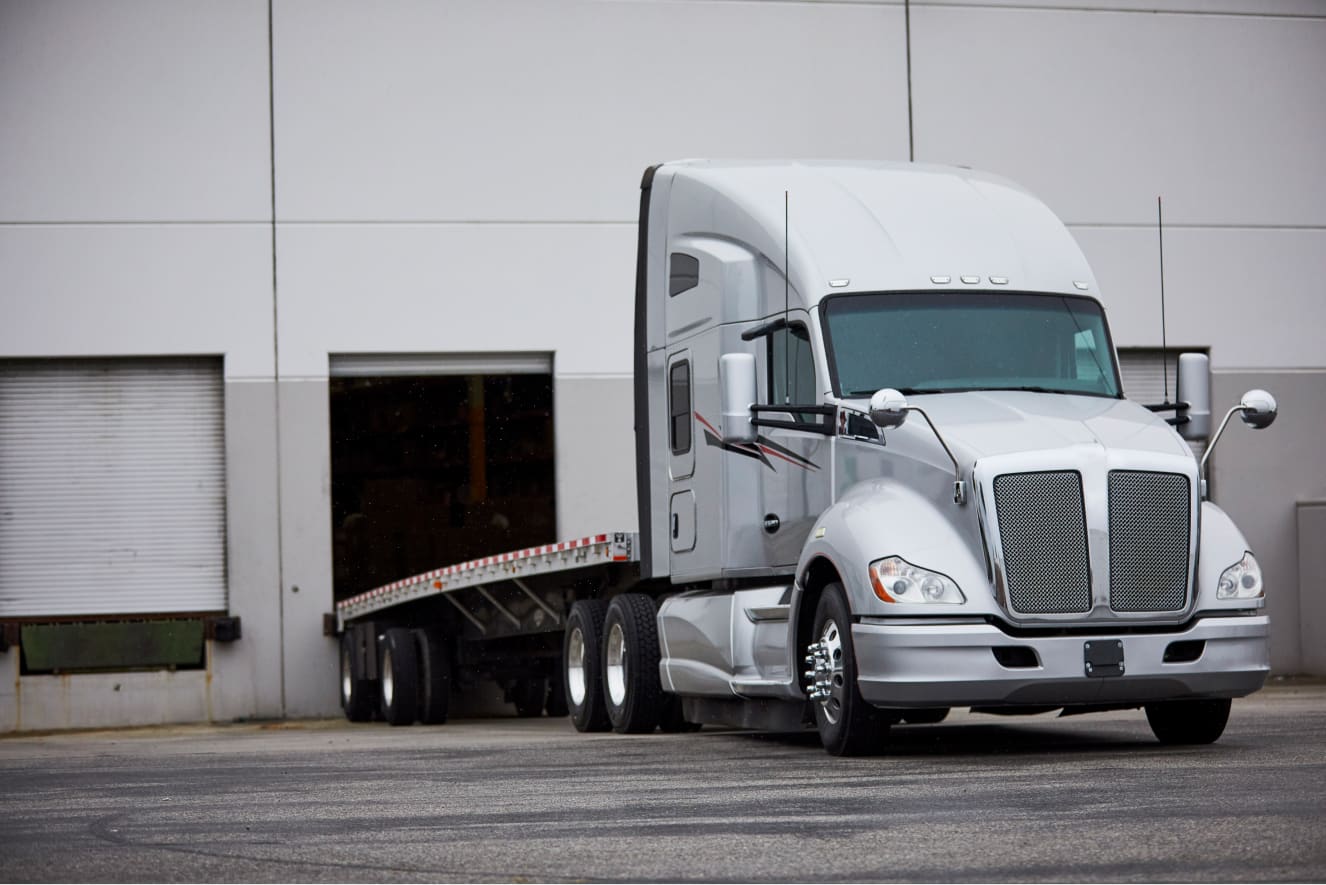Optimized transportation: The unsung hero of supply chain savings

Amid market uncertainty and tighter budgets, shippers are under growing pressure to do more with less. While many look to pricing or procurement to cut costs, one of the most overlooked areas of opportunity for savings is transportation optimization.
When done right, transportation optimization not only reduces spend, but also creates smarter, more resilient supply chain operations. It all starts with understanding your customer’s service expectations and working backward to design a transportation strategy that balances cost, speed, and reliability. With the right tools and support, companies can save millions while still maintaining high service levels.
Why transportation is a top target for savings
Transportation is one of the largest, and often least optimized, cost centers in the supply chain, frequently accounting for more than 50% of total logistics spend. Many businesses still rely on static routing, siloed decision-making, inconsistent market and procurement strategies, or worst-case-scenario planning that leads to excess capacity, unnecessary expenses, and inefficient processes.
According to Prasad Mahajan, Senior Director of Logistics Engineering at Uber Freight, the fastest path to savings often comes from three key levers: shipment consolidation, fleet strategy, and mode optimization. To right-size assets, pool shipments more effectively, or identify the lowest-cost mode for each lane, these strategies have a proven track record of providing significant value.
Three ways to reduce costs through transportation optimization
Uber Freight customers have used shipment consolidation, fleet strategy, and mode optimization to drive savings and improve operational performance. Here’s how these strategies can help optimize transportation to cut costs.
1. Fleet right-sizing and dedicated capacity planning
A leading CPG company needed to evaluate whether its dedicated fleet was appropriately sized to meet customer demand. Using Uber Freight’s TMS data for the customer and Coupa’s optimization software, Uber Freight’s logistics engineering team modeled various fleet configurations and cost structures. Several business constraints related to customers, facilities, and asset utilization were also considered. The analysis revealed that by optimizing fleet size and reallocating lanes based on priority customer segments, the company could improve service while reducing operating costs.
This generated $400,000 in savings for just one of the company’s facilities alone. When the model was expanded to additional locations, they ultimately achieved more than $1 million in annual transportation cost savings.
Dedicated fleets can reduce risk and improve reliability, but only if they’re optimally sized, assigned to the right lanes, regularly reviewed and backed by a strong fleet management strategy. Strategic modeling can help businesses avoid overcapacity while still meeting service commitments.
2. Consolidation and smarter mode selection
An equipment manufacturer was planning daily operations using eight trucks to ensure consistent service levels. But after conducting scenario planning and reviewing historical delivery data, the company discovered that 90% of customer needs could be met with just four trucks, without compromising service.
Uber Freight consultants led collaborative data validation sessions, modeled exceptions, and supported the transition with scalable fallback options, including access to its brokerage and managed transportation services. Optimization modeling helped the team gain confidence in making this change and created contingency plans for peak periods using shared assets from Uber Freight’s carrier network.
Consolidating partial shipments and switching to more efficient modes, like intermodal or larger LTL groupings, can significantly lower costs, especially when acceptable lead times are modeled in advance.
3. Network-level optimization and cross-dock strategy
Following an acquisition, this same distributor found itself operating two brands with overlapping locations, separate ERPs, and disjointed networks. Rather than fully integrating the systems immediately, the company used transportation optimization to design a unified logistics backbone. This allowed them to serve customers from a single, streamlined distribution model without impacting the customer experience.
Uber Freight’s consulting practice helped the company create a cross-dock and hub strategy that reduced fleet redundancies and centralized last-mile operations.
Network-level optimization can eliminate hidden inefficiencies, like redundant assets and excessive transfers, while maintaining or even improving customer service levels.
From a one-off project to sustained impact
The most successful logistics teams treat optimization as a continuous process that evolves with the business.
Uber Freight supports this type of ongoing transformation through quarterly business reviews (QBRs) and recurring data refresh cycles using the TMS, which consolidates performance data and enables scenario planning, routing updates, and compliance tracking over time. Some customers also perform monthly scenario analyses with Uber Freight consultants using tools like Dataguru to automate data intake, clean and refine data, benchmark results, track KPIs, and identify lost opportunities.
These recurring assessments ensure recommendations are implemented and maintained. They also help flag when service patterns or demand shifts require network or routing adjustments. Teams that build optimization into their planning cadence can stay ahead of creeping costs and be more flexible in the face of disruption.
Smarter transportation leads to lower costs, better business decisions, and more resilient supply chains
By combining modern technology with the support of a strategic partner like Uber Freight, businesses can design transportation strategies that are not only leaner, but smarter and more efficient. Whether you’re consolidating loads, rethinking fleet utilization, or redesigning your network, the savings potential is real.
Ready to find out how much you could save? Connect with the Uber Freight Consulting team.

